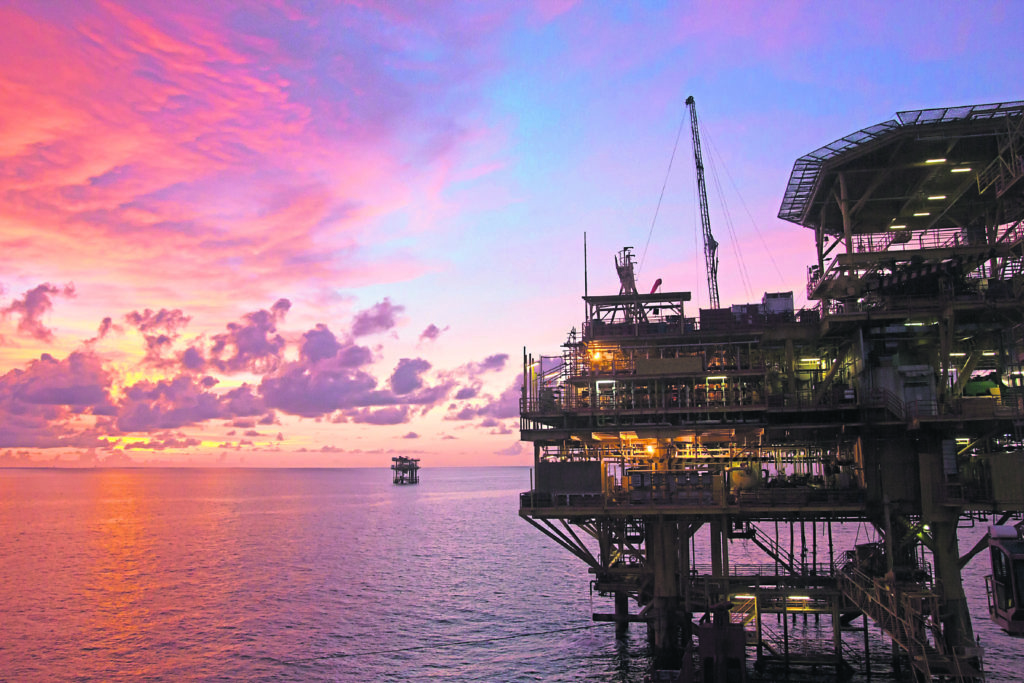
Global oil and gas total deal value increased by $79.7bn during 2018 to reach $426.8bn, despite a decrease of 18% in deal volume.
This is according to our latest global oil and gas transaction review 2018, which also reveals that while the first two quarters of 2018 saw greater deal appetite aided by rising oil prices, caution returned in the second half of the year due to a decline in the oil price to 2015 levels.
The deal environment for the past three years has reflected adjustment to a perceived new normal, as the energy transition continues to weigh heavily on companies’ portfolio strategies.
Risk sensitivity and a continued focus on portfolio optimisation has shifted capital from upstream to mid and downstream in 2018.
With a retreat in commodity prices, we expect companies to continue to show restraint in how they spend their cash.
However, we anticipate that other sources of funding will underpin an increase in mergers and acquisitions (M&A) activity during 2019.
Upstream deal value declined from $164.8bn to $130.3bn during 2018, while deal counts declined by 26%.
Other factors impacting M&A activity last year included a more disciplined approach to capital deployment, with upstream players focusing on their highest productivity capex-related investments and reducing debt.
Despite expectations of the transition from oil to gas, this did not seem to translate into gas specific transactions activity; indeed the proportion of these deals declined from 21% to 13% over the course of the year.
In 2018, the oilfield services (OFS) sector saw 218 deals announced globally, down 7% from 234 in 2017. OFS deal value ($21bn) was down 11% from $24bn in 2017, owing to the limited number of large transactions above $1bn (just three in 2018) and a continued lack of transformational deals (above $10bn).
Looking back, 2013 and 2014 were the strongest years for OFS M&A activity in recent memory, followed by lows during 2015 and 2016, and 2017-2018 showing a slight recovery.
The report indicates that the sector can expect further growth in 2019 and 2020.
From a UK Continental Shelf (UKCS) perspective, we have seen creative transaction solutions to deal with decommissioning costs in mature, late-life North Sea assets, which, together with a supportive fiscal environment by a host government (e.g. the UK), have helped drive continued interest from private equity buyers.
These buyers have different capital return profiles and are seeking to expand portfolios by lowering operating costs and extending field life, and they have continued to be active in the North Sea. Numerous ongoing processes suggest strong activity will continue in 2019.
Looking ahead, the 2019 M&A environment will likely be shaped by lower commodity prices, uncertain political climate and energy transition strategies.
The continuing lack of blockbuster deals in 2017 and 2018 highlights the industry’s sense
of caution in the post-downturn era.
Notwithstanding the retreat in oil prices, the market seems to have confidence in the prospects for upstream assets. New capital will be required and, inevitably, that means transactions.
Andy Brogan, EY Global Oil & Gas Transaction Advisory Services Leader
Recommended for you
